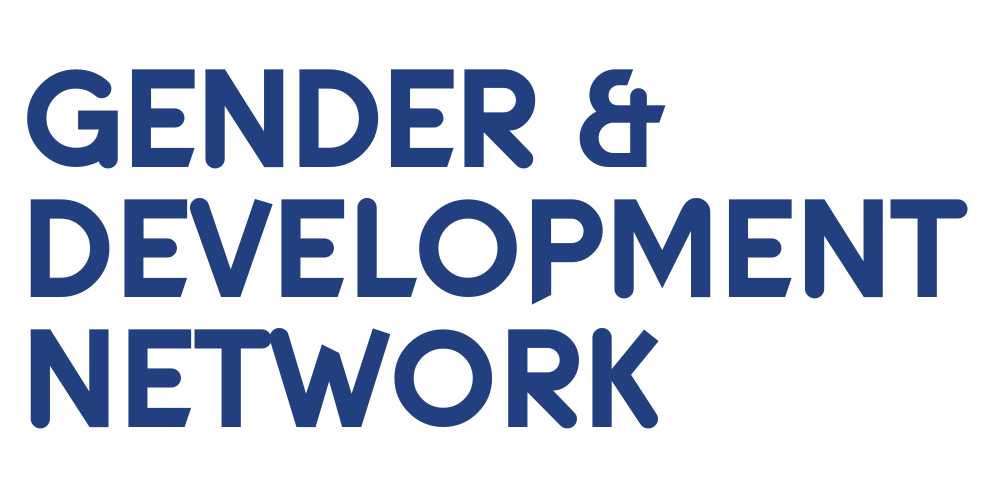A Theory of Change for Tackling Violence Against Women and Girls
Violence against women and girls (VAWG) is the most widespread form of abuse worldwide, affecting one third of all women in their lifetime. Addressing violence against women and girls is a central development goal in its own right, and key to achieving other development outcomes for individual women, their families, communities and nations. DFID’s Business Plan (2011-2015) identifies tackling violence against women and girls as a priority, and commits DFID to pilot new and innovative approaches to prevent it.
This Theory of Change, published by ActionAid, DFID and GADN, on ending gender based violence against women and girls consists of a diagram (p.14-15) and accompanying narrative. Together they provide an overview of the interventions, outputs and outcomes that can reduce and ultimately eradicate violence against women and girls. It is not meant to be prescriptive, but to map the multiple pathways to tackling violence against women and girls and provide a starting point for programmes to develop their own theories of change.
The Theory of Change draws on the experience of a range of actors delivering programmes and services addressing violence against women and girls, including donor agencies, women human rights defenders, women’s rights organisations and other civil society organisations.2 It is designed to be used in conjunction with two other guidance documents: the Practical Guide to Community Programming on Violence against Women and Girls and Guidance on Monitoring and Evaluation for Programming on Violence against Women and Girls.
This document outlines seven principles underlying the Theory of Change diagram. It details evidence underpinning each principle, and explains their relevance for programming. This is followed by the Theory of Change diagram itself. The document then expands on each stage of the Theory of Change and provides example indicators (the narrative).
